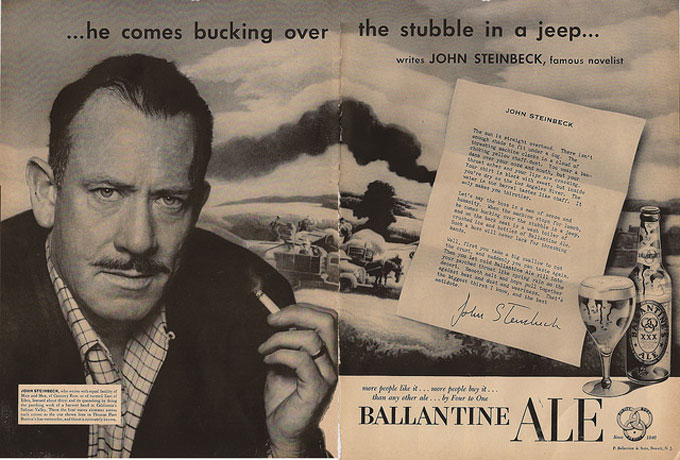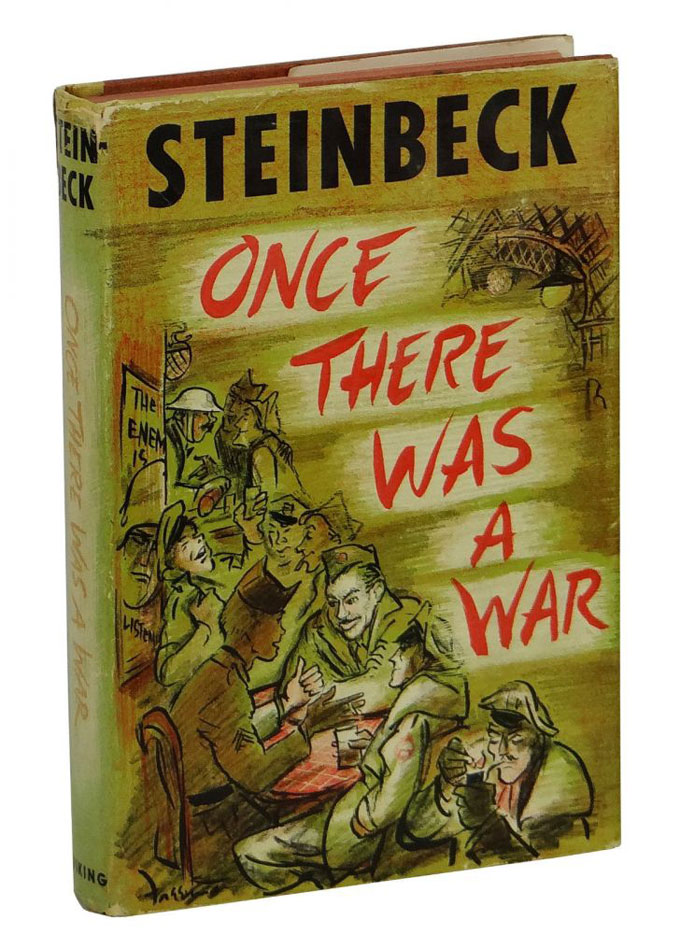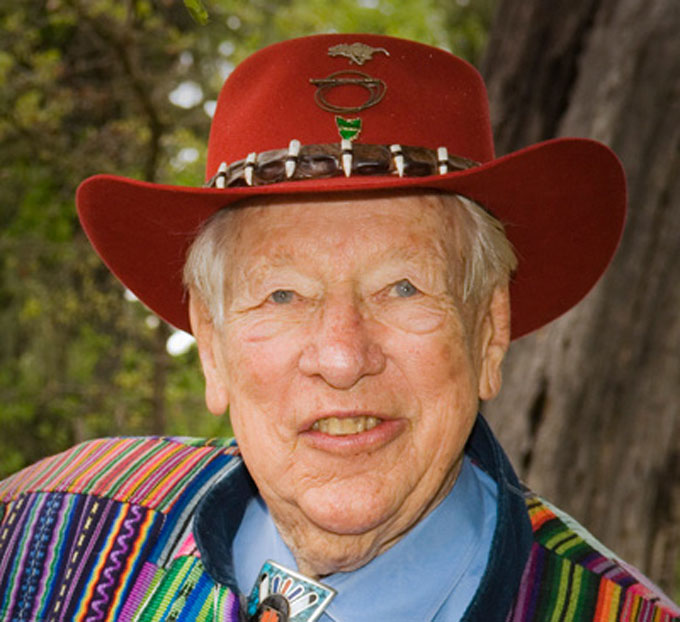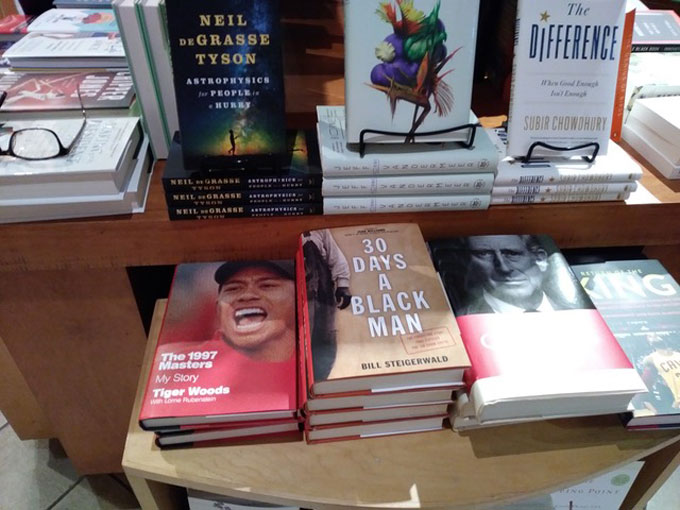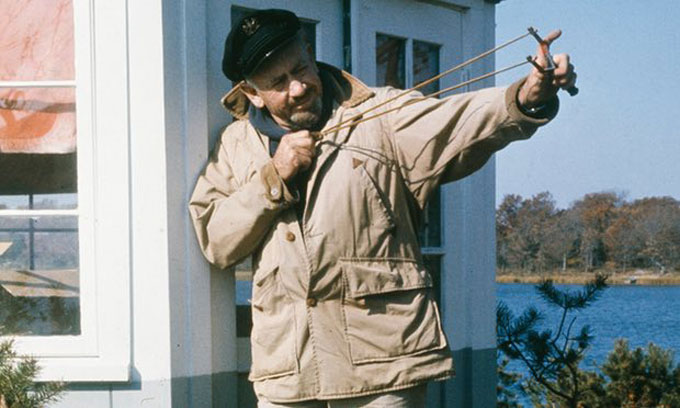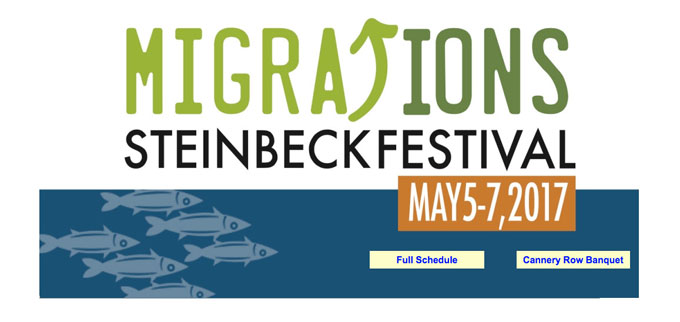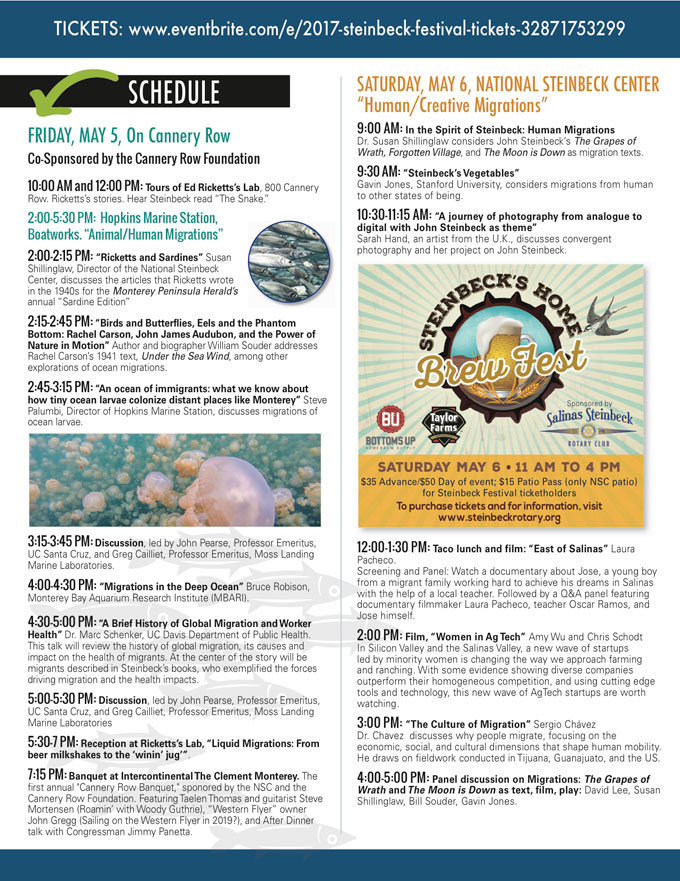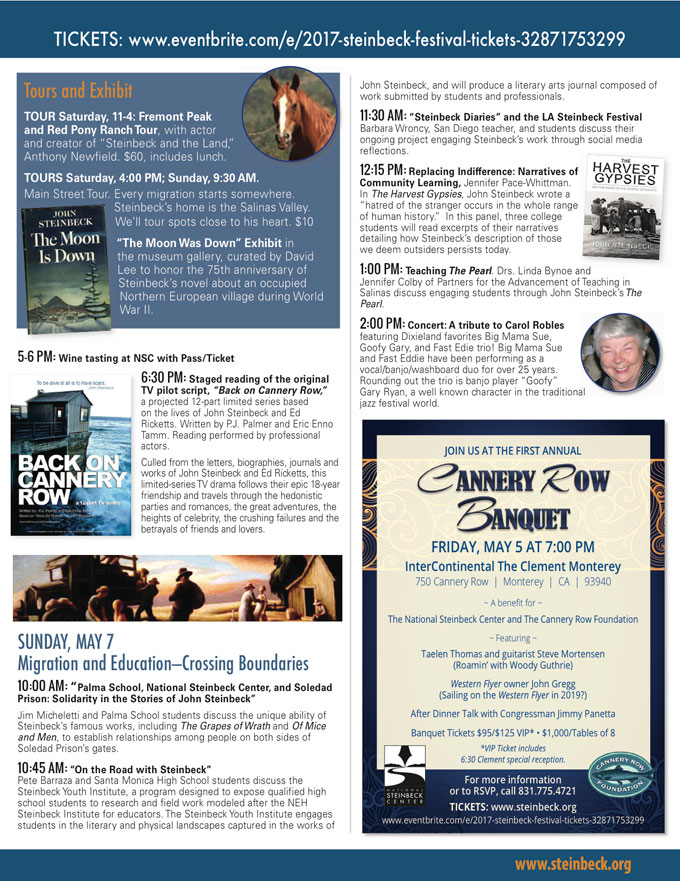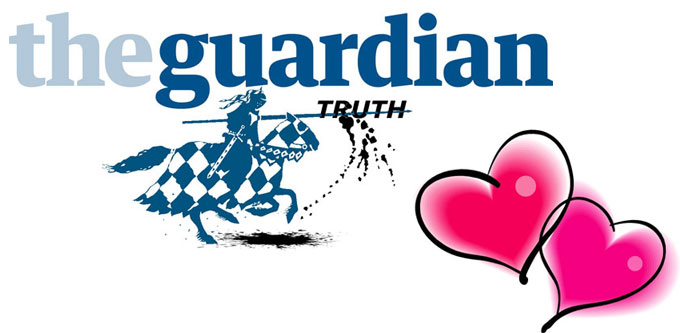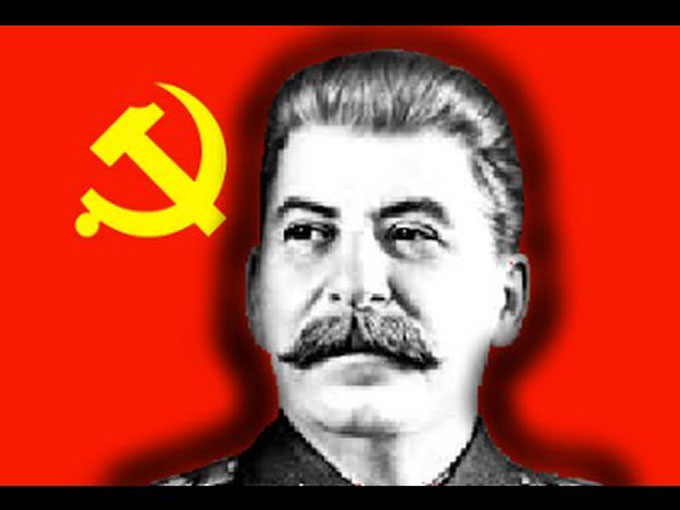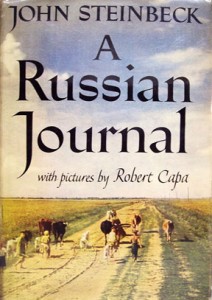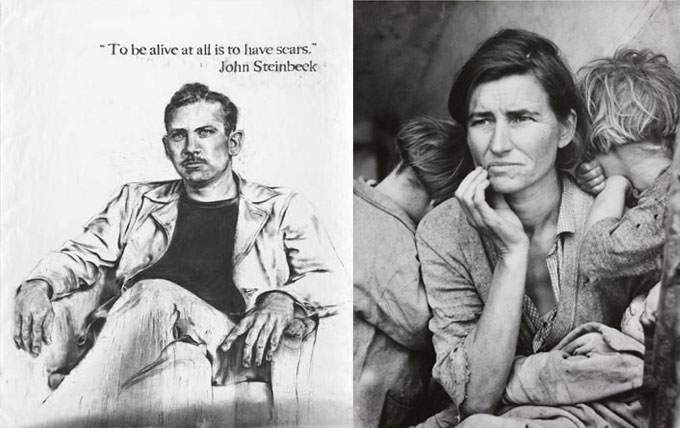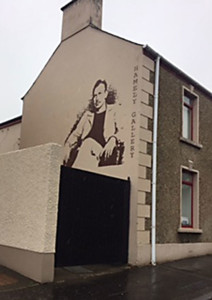 While traveling through Northern Ireland recently with her husband Tom O’Connell and sons Wyatt and Henry, Anne Hauk discovered this mural of John Steinbeck peering down from a building in the coastal town of Bushmill’s, three miles from Giant’s Causeway, the family’s destination. Steinbeck’s Ulster forebears emigrated to the U.S. during the 19th century famine that decimated the local population; 100 years later their celebrated grandson could be seen peering up from a glossy American ad promoting Ballantine’s Ale. Steinbeck, a sometimes self-effacing writer with an instinct for gadgets and whiskey brands, would be less surprised but also less gratified than Anne Hauk was by the apparition at Bushmill’s, home of Ireland’s legendary Black Bush label.
While traveling through Northern Ireland recently with her husband Tom O’Connell and sons Wyatt and Henry, Anne Hauk discovered this mural of John Steinbeck peering down from a building in the coastal town of Bushmill’s, three miles from Giant’s Causeway, the family’s destination. Steinbeck’s Ulster forebears emigrated to the U.S. during the 19th century famine that decimated the local population; 100 years later their celebrated grandson could be seen peering up from a glossy American ad promoting Ballantine’s Ale. Steinbeck, a sometimes self-effacing writer with an instinct for gadgets and whiskey brands, would be less surprised but also less gratified than Anne Hauk was by the apparition at Bushmill’s, home of Ireland’s legendary Black Bush label.
A resident of San Francisco, Anne is the daughter of Steve Hauk, an art expert and playwright from Pacific Grove who has written a series of short stories about Steinbeck, Salinas, Monterey, and the bibulous culture of bygone Cannery Row. A Jack Daniels-John Steinbeck fan, Steve identified the source of the image in Bushmill’s as a photo of Steinbeck by Sonya Noskowiak, a member of the San Francisco photography collective f/64. In East of Eden, the autobiographical novel Steinbeck was writing when the Ballantine ad appeared, Steinbeck’s Grandmother Hamilton, a hard-shelled teetotaler, makes her husband’s life miserable with religion. But Sam Hamilton had the last word. A sympathetic character given to imbibing with friends when she wasn’t looking, he is the subject of a 2016 BBC television program on Northern Ireland’s contribution to the culture of the United States. That Steinbeck would toast.
Family travel photos courtesy Tom O’Connell.

